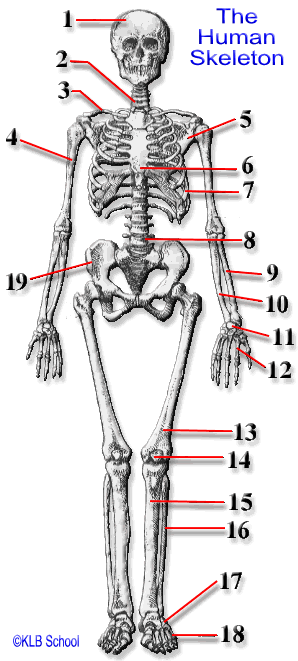Учебное пособие по англ языку. Анатомия человека
 Скачать 4.92 Mb. Скачать 4.92 Mb.
|
My Future ProfessionDuring our school life we begin to think about our future life, our job. After leaving school some young people start working, go into business; some of them get professional and higher education. While choosing a career you should take into consideration all main possibilities that your future profession provides. The profession must be interesting, it must give you an opportunity to earn a living; you must be sure of your future job. There are many professions in the world, so it is quite difficult to choose and make a decision. Some follow their own choice; some follow parents’ advice, because they can help to make future plans. As for me, I have chosen the profession of a medical worker. I would like to tell you about my future profession. It is a noble and ancient profession. A medical worker prevents diseases and prolongs life of the people. One must have deep knowledge and master his profession to treat people and fight against infections. To be a good medical worker means to be honest, unselfish, hard-working, attentive to people, responsible and optimistic. One devotes himself to his work and gives all the knowledge, talent and time to the people. It is not easy, so I must work hard to realize my wishes because the future is purchased by the present. If you want something done well do it yourself, make a right decision. 3. Find English equivalents for these words and word combinations 1.выбирать карьеру 2.принимать решение3.следовать своему выбору ( совету родителей ). 4.принимать во внимание 5.обеспечивать возможности 6.зарабатывать на жизнь 7.благородный 8.предотвратить болезнь 9.продлять жизнь 10.глубокие знания 11.лечить людей 12.бороться с инфекцией 13.посвятить себя 14. Будущее делается в настоящем. 15.строить планы на будущее 16.честный, бескорыстный, трудолюбивый, ответственный 4. Give advice to the school pupils «How to choose a future career». Use the given verbs make choose take think realize follow work master
5. Look at the adjectives. Tell what kind of person a medical worker must be Honest, selfish, lazy, hard-working, irresponsible, angry, depressed, unselfish, optimistic, frustrated, attentive to the people, ill-bred, responsible. 6. Fill in the gaps with the necessary adjective 1.Jack always tells the truth. He is … 2.Mary always works hard. She is … 3.Charles believes good things happen. He is … 4.Ann likes to give her time, help to people. She is … 5.John pays much attention to his friends. He is … 6.Celia always keeps her word and does everything she promises. She is … 7. The professions of a medical worker and teacher are noble. They differ but have much in common too. Think about it and fill in this table
Teach people; treat people; prolong lives; prevent diseases; devote oneself to work; prevent ignorance, have deep knowledge; master the profession; give talent, knowledge and time to people; be honest, responsible, attentive to people. 8. Situation Meet Andrei. He is going to write a letter to his pen-friend. His English is not good. Help him to make up a story about his future profession. Use the given words. Many professions; it is difficult; to make a decision; my choice; to be a film director; an interesting and well-paid profession; to make films; to be creative, hard-working; responsible; to be devoted to work; to realize wishes; to shoot films ( снимать фильмы). 9. Answer the questions 1.Do you think about your future life? 2.Do you find your future profession interesting? 3.Does your future profession give you a chance to earn a living? 4.Do you follow your choice or parents’ advice? 5.What do you do to master your profession? 6.Do you devote yourself to studies? 10. Speak about your future profession РАЗДЕЛ II. THE HUMAN ANATOMY Цели раздела В результате изучения теоретического материала по темам данного раздела вы должны знать:
уметь:
Обучающие цели:
TOPIC 7. THE HUMAN BODY 1. Fill in the gaps with the missing remarks Teacher: Good day. Nice to see you. Student: … Teacher: As you know, there are 7 Wonders of the World. To my mind, the human body is the the 8 th one. Do you keep your body in good form? What do you do ? Student: … Teacher: Let’s open the secrets of the human body because people say «A sound mind in a sound body». Remember it. 3.Study the new words. The Parts of the Body 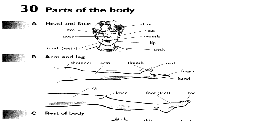 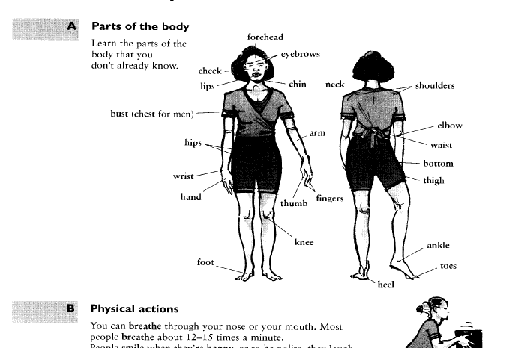 he Internal Organs of the Body  The Organs of the Digestive System 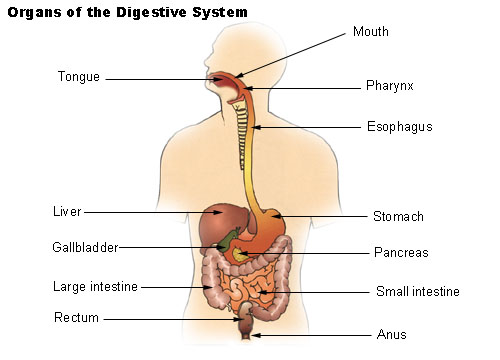 The Organs of the Respiratory System 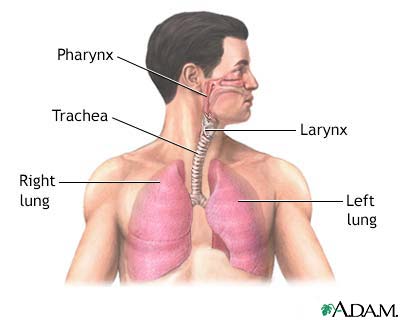 The Organs of the Urinary System 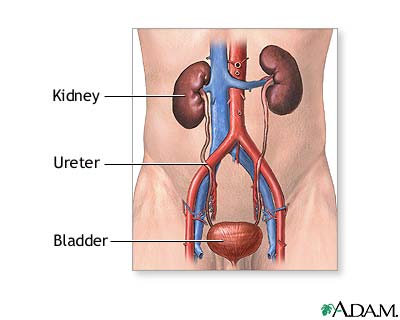 4. Fill in the gaps. Use the new words The Human Body
In the practical Anatomy class we study the human body. The principal parts of the human body are the …, the trunk , the extremities. We have upper extremities ( … ) and of the lower extremities ( … ). The head consists of two parts: the skull and the face. The skull contains … and the face consists of the …, the …, the …, the … , the …, the … and the … . The mouth has two lips. In the mouth cavity there are gums, a … and a palate. The head is connected with the trunk by … . The upper part of the trunk is the … and the lower part is the abdomen. The principle organs in the chest are the …, the … and the … . We breathe with the lungs and the heart makes beats. The principal organs of the abdominal cavity are the …, the …, the …, the …, the …, the … and the … . The upper extremity is connected with the chest by the …. . The upper extremity consists of the upperarm, the elbow, the forearm, the wrist and the hand. We have four … and a … on each hand. The lower extremity consists of the … , the …, the …, the … and the …. The skin covers the body. 5. Answer the questions 1.What do the students study in the Anatomy class? 2.What are the principal parts of the body? 3.What parts does the head consist of ? 4.What is there in the mouth? 5.What are the principal organs of the chest? 6.What are the principal organs of the abdominal cavity? 6.What are these organs of the body?
7.Name the parts of the body 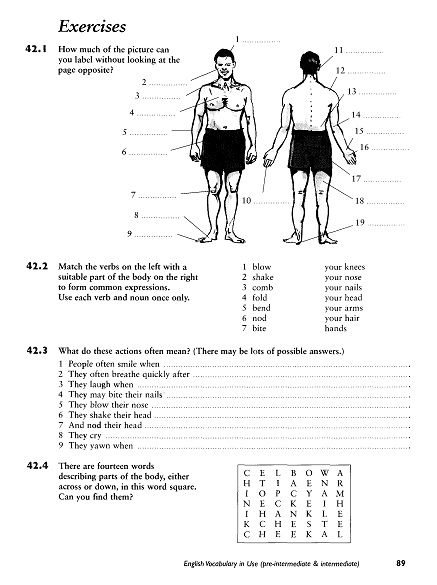 8.Complete the sentences
9.Speak English.
10. Match the English proverb with its Russian equivalents. Comment on the their meanings
11. Speak about the human body TOPIC 8. THE SKELETON 1. Fill in the gaps with the missing remarks Teacher: Good day. Nice to see you. Do you know the saying «Every family has a skeleton in the cupboard». Student: … Teacher: It means that everybody has a secret which he tries to keep. But we will tell all the secrets about our skeleton. 2. Look at the picture and translate the names of the bones into Russian
3. Read and translate the text about the human skeleton. The Skeleton
The skeleton is the bony framework of the body. It consists of 208 bones of various size and shapes. The skeleton gives support to soft tissues. It protects delicate structures such as the brain, the heart and the lungs. The joints, cartilages and ligaments between the bones determine the degree and the quality of the motion. The bones forming the skeleton are divided into the bones of the head, the bones of the trunk, and the bones of the upper and lower extremities. 26 bones of the head form the skull which protects the brain. The bones of the trunk are the spinal column ( spine ) and the thorax. The thorax includes 12 pairs of ribs and the breastbone. In the spine there are 7 cervical, 12 thoracic, 5 lumber, 5 sacral vertebrae and the coccyx. The arms join the body at the shoulder. The shoulder is formed of two bones – the collar-bone ( clavicle ) in front and the shoulder-blade ( scapula ) behind. The bones of the upper extremity are humerus, ulna and radius. The bones of the lower extremity are femur, tibia and fibula. The skeleton gives the upright strength to the body. The bones serve as a storehouse for calcium and phosphorus. 4. Match the bones of the skeleton and its functions
5. Fill in the gaps using the text
6. Answer the questions 1.What do the joints, cartilages and ligaments determine? 2.What groups of the bones form the human skeleton? 3.What do the bones serve as? 7.Make up the sentences
8. Match the idiomatic expressions and their Russian equivalents. Learn them
9. Fill in the gaps with one of the idiomatic expressions 1.The old man was just … 2.The money prize became … between them. 3.Mr. Thompson is .. of the noble family. 4.You should … to solve this problem. 5.She is in work … 6.When one falls in love he … 7.It is not easy to … Latin grammar … of the students. 8.Peter is a clever boy. He easily does … 10. Speak about the human skeleton ( structure, function) TOPIC 9. MUSCLES 1. Teacher : What do you know about muscles? 1.1. Read the information below and find the answers to the following questions.
1.2. Pay attention to the new words for better understanding.
2.Make up the vocabulary to the topic “Muscles”. Find the English equivalents of the given words.
3.Write out all the actions from the text which you couldn’t do without muscles I couldn’t speak / … 4. Fill in the table according to the types of muscles
5.Speak about muscles. TOPIC 10. BLOOD AND ITS ELEMENTS 1. Fill in the gaps with the missing remarks Teacher: Good day. Nice to see you. Student: … Teacher: I wonder, are your mother and father medical workers? Student: … Teacher: As you know, there are families whose members have been medical workers for generations. People say in this case «it runs in the blood». Let’s see what runs in the blood. 2. Study the new words.
3.Read the text. Pay attention to the new words for better understanding. 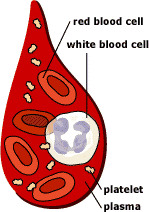 | |||||||||||||||||||||||||

